Threat actors are any individuals who plan to access and influence your client’s network infrastructure maliciously. More specifically, the term doesn’t have to apply only to individuals. Any entity, organization, or country wishing to harm another organization or country’s IT estate falls under the definition of a threat actor.
What do threat actors do?
Threat actors aim to take advantage of loopholes or vulnerabilities within a cybersecurity network. Once inside, these cyber criminals hope to access sensitive data, company devices, corporate systems, or an organization’s core digital network.
Today, cybercriminals can be virtually anyone from anywhere. Now, these criminals are even forming teams to launch larger-scale, more sophisticated attacks. However, no two threat actors are the same. What a threat actor is doing may be consistent across the board, but why they’re doing it may change.
Types of threat actors
Most cybersecurity threat actors fall into one of the following 4 categories:
- Insider threats. These attacks usually occur in a business situation. An employee, contractor, or third-party vendor allows threat actors access to an organization’s system to gain access to sensitive information or files. This can be done intentionally or unintentionally.
- Nation states. Certain countries may leverage digital threat actors to steal data from other countries and institutions or corrupt their systems. Their motivation could be anything from wanting their enemy’s military secrets to toppling a country’s economy.
- Cybercriminals. These threat actors infiltrate corporate networks to steal data, then charge a ransom for its release. Experts consider cybercriminals to be the most common type of threat actor. They can work as individuals or groups, and financial gain is their primary motivation. This group relies on popular attack techniques like phishing, ransomware, and malware.
- Hacktivists. This group of threat actors isn’t concerned with financial gain. They are individuals or terrorist groups that commit cybercrime to further social justice initiatives or disrupt government organizations.
Hive, a collection of cybercriminals focused on providing ransomware-as-a-service, is becoming a prominent threat actor group responsible for some devastating, large-scale attacks. Download our threat report on Hive to see how they operate and what you can do to protect your clients.
We also offer threat reports on other threat actor groups responsible for large-scale attacks. Feel free to use these to keep your clients informed on what threat actors are up to in the current digital landscape.
Threat actors vs. hackers: what’s the difference?
Threat actors, by definition, are directly responsible for actions that significantly compromise an organization’s cybersecurity protection. On the other hand, hackers simply gain access to foreign computer endpoints within an organization or another person’s personal PC.
Hackers can navigate multiple levels of security and gain access to the core network of their target computer system. This can be done by something as simple as obtaining an authorized user’s password or as complex as coding something from scratch to infiltrate an organization’s network.
To learn more about the distinction between threat actors and hackers, visit the ConnectWise cybersecurity glossary.
How MSPs can prepare for threat actors
Anti-malware and antivirus software are often your client’s first line of defense against threat actors. Additionally, MSPs should have their clients train and train their employees on how to spot suspicious email activity.
Phishing emails are generally a threat actor’s entry point into an organization’s system. Teaching internal IT staff to look for spelling, grammar, and any suspicious emails requesting password changes or offering gift cards will help to identify threat actors before they can access an organization’s proprietary data and files. Organizations need to properly train their employees to spot these signs to help protect against threat actors.
In addition to adequately training clients and client staff, there are several things MSPs can do to guard against threat actors. Besides suspicious email training, any steps to reduce human error are a good start.
Organizations can also use two-factor authentication as an additional layer of protection. That, coupled with frequent password changes, will strengthen protection against threat actors a step further. As an added layer of protection, ensure you’re installing cybersecurity software, keeping current on all updates and patches, and keeping an eye on employee activity to catch cyber threats before they get out of hand.
Cybersecurity directives also need to be employee-friendly. Implementing measures that are too rigorous or complex to follow on a regular basis compromise an organization’s level of security and, ultimately, become an exercise in security theater.
If you want to upgrade your cybersecurity tools, contact us at ConnectWise. You can also visit our online cybersecurity center to see which tools are necessary for your growing business and how they all work together.
FAQs
What is an example of a threat actor?
There are several different types of threat actors, motivated by various goals. One example of a threat actor would be a hacktivist. These cyber criminals infiltrate the networks of government organizations and other entities for the sake of social justice or to further their cause. Other threat actors may commit cyber crimes for financial gain, to take revenge against a former employer, or as part of geopolitical conflicts.
What does a threat actor do?
A threat actor is directly responsible for cyber attacks that impact the IT networks of businesses and other organizations. Different threat actors commit cyber crimes for various reasons, ranging from pure financial gain to social justice.
Are employees threat actors?
Yes. Employees can be threat actors. Many organizations are subject to internal attacks each year, both intentional and unintentional. A disgruntled employee could maliciously infiltrate the network, or they can do so by accident by opening the wrong email or clicking the wrong link.
Why do threat actors want information?
Threat actors may want information for a variety of reasons. Hacktivists may want information to disrupt corrupt governments or further a cause that’s important to them. However, cybercriminals may want access to an organization’s information purely for financial gain.








